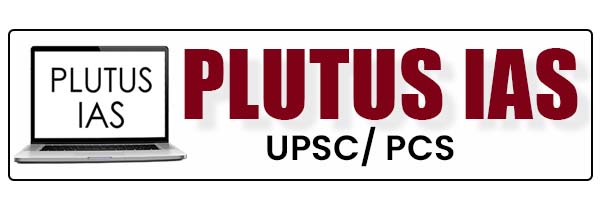06 Nov STUBBLE BURNING
What is stubble burning?
Stubble burning is the practice where intentionally fire is set to the straw stubble that remains after grains, such as paddy, rice and wheat, have been harvested.
Advantages of stubble burning
The advantages of burning are:
-
Helps in weed, insect and disease control
-
Cheap
-
quick and easy to do
-
reduced nitrogen tie-up.
Disadvantages
The disadvantages of burning are:
-
loss of soil nutrients
-
loss of carbon
-
impact on soil microbes and fauna
-
reduction in soil structure
-
Leads to erosion (wind and water)
-
Increase acidity
Effects of stubble burning
Major pollutants released into the atmosphere during crop residue burning
Environmental risks and health risks
Health Risk
Stubble burning is a main source of gaseous pollutants like , carbon dioxide (CO2), carbon monoxide (CO), nitrogen oxides (NOx), sulfur oxides (SOx), and methane (CH4) as also particulate matters (PM10 and PM2.5). These air pollutants are a concern for people’s health when levels in the air are high. PM 2.5 and PM10 can lead to cancer.
The other health effects of air pollution ranges from
-
skin and eyes irritation
-
severe neurological, cardiovascular and respiratory diseases, asthma, chronic obstructive pulmonary disease, bronchitis, lung capacity loss, cancer,
-
Leads to an increase in mortality rates
Environmental Risks
It leads to air pollution. Emission of greenhouse gases leads to global climate change. It further leads to loss of diversity of agricultural lands, and reduces soil fertility and erodes soil nutrients.
Solutions to Burning problem
In 2014, the government released the National Policy for Management of Crop Residue.
Farmers can also manage crop residues effectively by employing agricultural machines like:
-
Happy Seeder(used for sowing of crop in standing stubble)
-
Zero till seed drill (used for land preparations directly sowing of seeds in the previous crop stubble)
-
Rotavator (used for land preparation and incorporation of crop stubble in the soil)
-
Baler (used for collection of straw and making bales of the paddy stubble)
-
Paddy Straw Chopper (cutting of paddy stubble for easily mixing with the soil)
-
Reaper Binder (used for harvesting paddy stubble and making into bundles)
-
The most efficient technology to counter crop burning at the moment seems to be the Turbo Happy Seeder (THS). It is a machine mounted on a tractor that not only cuts and uproots the stubble, but it also drills wheat seeds on the soil that has just been cleared up. The straw is simultaneously thrown over the sown seeds to form a mulch cover.
Implementation of the action against this stubble burning based on following components of the framework: –
-
In-situ Crop Residue Management
-
Microbial spray have been developed
-
Ex-situ Crop Residue Management
-
Prohibition of Stubble/Crop Residue Burning.
-
Effective monitoring/enforcement.
-
Plans / Schemes to reduce the generation of paddy straw.
-
Use of Bio-Decomposer technology
-
Removal of dust from roads and open area
-
Installation of Anti-smog guns
-
Use of E vehicles
Conclusion
Stubble burning has to be taken seriously so that we can stop these environmental and health risks. We should work on real solutions that can work to overcome this issue.
Plutus IAS Current Affair Team Member



No Comments